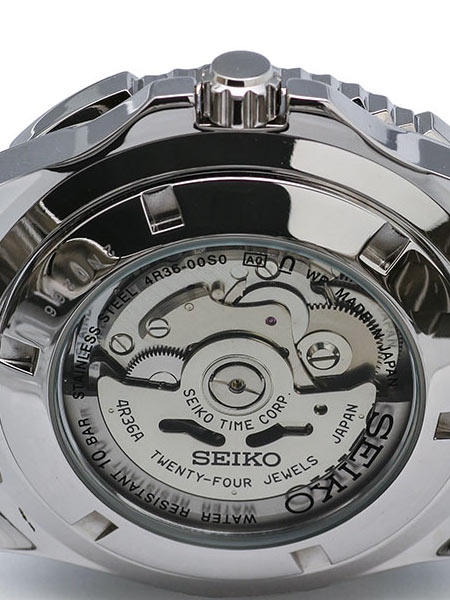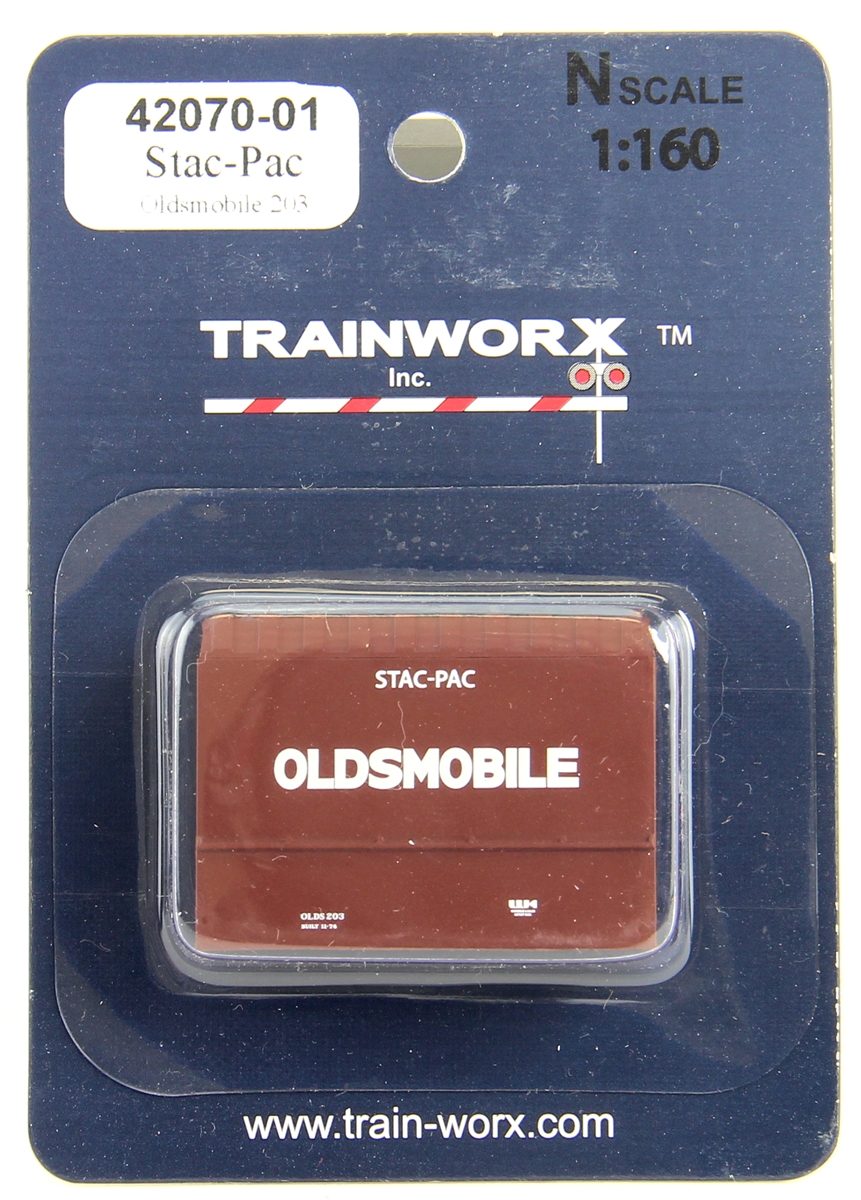Description:  In the past, Seiko has resurrected several long discontinued movements. One such notable such reintroduction is the 4S15 (originally the 5246) which itself was received with much aplomb given its high beat of 28,800 bph, it's hacking ability and the hand winding. The 5246 was itself a very high grade caliber, more than capable of chronometer accuracy; indeed, it was utilized in various KS (King Seiko) models with official certification. Having owned various models so equipped, I had a love hate relationship with the 4S15- it was extremely hard going to hand-wind and the indirect central seconds often resulted in an annoying jitter of the seconds hand.
In the past, Seiko has resurrected several long discontinued movements. One such notable such reintroduction is the 4S15 (originally the 5246) which itself was received with much aplomb given its high beat of 28,800 bph, it's hacking ability and the hand winding. The 5246 was itself a very high grade caliber, more than capable of chronometer accuracy; indeed, it was utilized in various KS (King Seiko) models with official certification. Having owned various models so equipped, I had a love hate relationship with the 4S15- it was extremely hard going to hand-wind and the indirect central seconds often resulted in an annoying jitter of the seconds hand.
The Seiko 4R36 et al movements appeared sometime during mid 2011 and much excitement ensued simply for the fact that Seiko was now equipping relatively run of the mill watches with a movement capable of being hand-wound and hacked. Here and there on various watch fora have appeared pretty in depth posts regarding the construction of the "new" 4R movements and I certainly wouldn't attempt to replicate those here. Suffice to say, the precursor to the 4R family was the 6R15 and this movement was initially used to power the likes of the Japanese market SARB (Spirit) series, introduced late 2005 and the now highly regarded SBDC001 'Sumo' dive watch, introduced early 2007. The 6R15 was notable for the same reasons as the later 4Rs - hacking and hand-winding; in addition, the 6R15 featured a Spron 510 mainspring which gave the caliber a power reserve of over 50 hours once fully wound.

The Seiko 4R36 et al movements appeared sometime during mid 2011 and much excitement ensued simply for the fact that Seiko was now equipping relatively run of the mill watches with a movement capable of being hand-wound and hacked. Here and there on various watch fora have appeared pretty in depth posts regarding the construction of the "new" 4R movements and I certainly wouldn't attempt to replicate those here. Suffice to say, the precursor to the 4R family was the 6R15 and this movement was initially used to power the likes of the Japanese market SARB (Spirit) series, introduced late 2005 and the now highly regarded SBDC001 'Sumo' dive watch, introduced early 2007. The 6R15 was notable for the same reasons as the later 4Rs - hacking and hand-winding; in addition, the 6R15 featured a Spron 510 mainspring which gave the caliber a power reserve of over 50 hours once fully wound.
Item created by: Lethe on 2015-08-10 17:28:25
If you see errors or missing data in this entry, please feel free to log in and edit it. Anyone with a Gmail account can log in instantly.
If you see errors or missing data in this entry, please feel free to log in and edit it. Anyone with a Gmail account can log in instantly.







